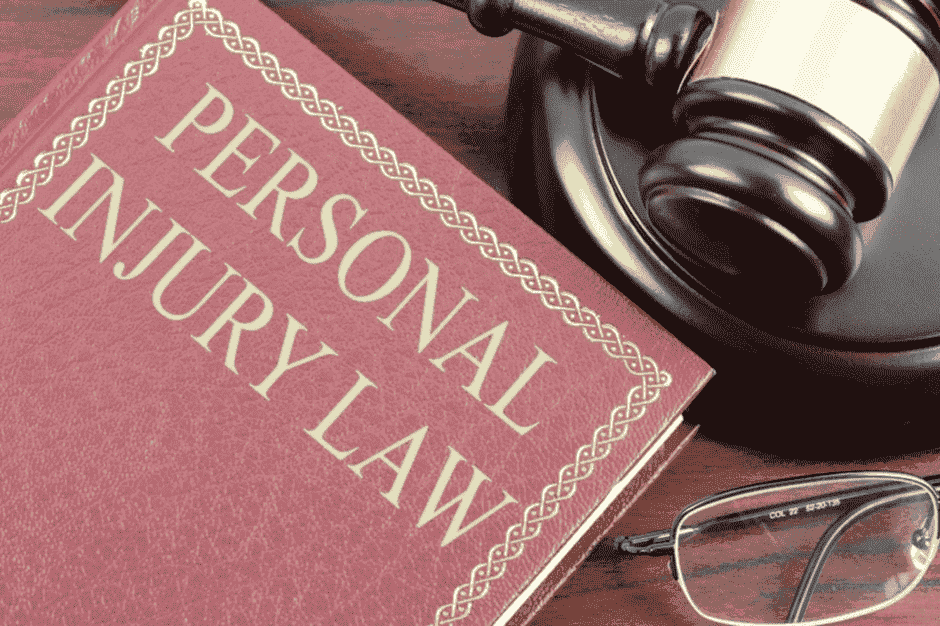| Posted on | Education
Basics of Personal Injury Law: Elements, Damages, and More
0
3187 Views

Personal injury law is a very complex field that helps an individual achieve justice and compensation for harm caused by the actions or inactions of another, either negligently or intentionally. Whether it’s a car accident, a slip and fall incident, medical malpractice, or any other way an individual gets injured, personal injury law provides a legal framework within which the at-fault party may be legally held accountable.
The basics in this area of law are pertinent to everyone seeking to protect their rights and get due compensation. The best way to protect your rights and get fair compensation is by hiring a personal injury attorney.
Elements of a Personal Injury Claim
Several key elements are needed to establish a valid personal injury claim. Firstly, the defendant must owe the plaintiff a duty of care. This means that the defendant had a legal obligation to act in a manner described as reasonably prudent to avoid harm. Secondly, there must be a breach of duty of care wherein the defendant did not meet the required standard.
Next up, the actions or inactions of the at-fault party must have been the primary cause of the accident. Lastly, the plaintiff must have suffered actual harm or injury from the defendant's breach of duty. That is, it must give rise to medical expenses, loss of earnings, pain and suffering, or any other explicit loss.
Damages in Personal Injury Cases
In personal injury cases, damages are compensation that the victim is awarded to pay for losses and expenses that have resulted from an injury. These damages can be categorized into several categories:
- Economic damages: These comprise measurable losses like medical bills, lost wages, future lost income, and all other pocket expenses ensuing from the injury.
- Non-economic damages: These compensate for non-monetary losses such as pain and suffering, emotional distress, loss of enjoyment of life, and loss of consortium (in cases involving spousal relationships).
- Exemplary damages: These damages may be awarded to punish the defendant in cases of the worst breaches of duty or intentionally committed offenses.
Contributory and Comparative Negligence

Personal injury law also considers the concepts of contributory and comparative negligence.
Contributory negligence refers to a situation where the negligence of the plaintiff contributes to the injury or accident. In many jurisdictions, the plaintiff can be barred from receiving any damages if found to have contributed even in the slightest manner to the incident.
Comparative negligence permits the plaintiff to recover damages in proportion to the defendant's degree of fault. The amount of compensation is reduced by the percentage of the plaintiff's contributory negligence.
Statute of Limitations
Every state sets a time limit for filing a personal injury claim, known as the “statute of limitations.” This limit depends on the state and the case itself, although generally it is required to file a case within a specified period. Failure to do so means losing the opportunity to get any compensation.
Conclusion
Personal injury law can be a complicated and delicate matter that intends to safeguard the rights of people who have suffered harm or injury due to the careless or intentional acts of others. If a person knows the elements of a personal injury claim, the different kinds of damages that can be sought, the concept of contributory and comparative negligence, and how to pay heed to the importance of the statute of limitations, a better chance is available for getting fair compensation. It is always best to consult with an experienced personal injury attorney so that your rights are protected and your case is effectively handled.
